Commenting on the 2025 storm season (from June to November), Mr. Mai Van Khiem, Director of the National Center for Hydro-Meteorological Forecasting, said that it is very complicated and unpredictable.
Currently, it is still quite early to make a detailed and certain forecast for the entire 2025 hurricane season, because there are many uncertain factors that influence hurricane activity such as ENSO (including El Nino and La Nina phenomena - the phenomenon of unusual warming or cooling of the surface sea water layer in the central and eastern equatorial Pacific ), monsoon, intraseasonal oscillation (MJO), the activity of subtropical air pressure systems, sea surface temperature...
Several factors can change rapidly on time scales ranging from days to weeks and will determine the intensity and trajectory of individual storms. However, based on initial information and long-term forecast models, some preliminary observations can be made: With the current neutral ENSO state, the 2025 hurricane season in the South China Sea and the Northwest Pacific is likely to be approximately the multi-year average in both number and intensity.

However, it should be noted that storm activity is less clearly influenced by ENSO. Specifically, unlike El Nino years (where storms tend to form and operate further east, with less direct impact on Vietnam) or La Nina years (where storms tend to form and operate closer to the East Sea, with more impact on Vietnam), neutral years often do not have a clear "scenario".
This could lead to more diverse and unpredictable storm trajectories, with storms forming in different regions and having more complex paths because they are not strongly influenced by large-scale patterns associated with ENSO.
Hurricane activity is not as concentrated. Hurricanes may occur more sporadically throughout the season, rather than peaking in a few months as during strong El Nino and La Nina phases.
According to Mr. Mai Van Khiem, according to the climate law, the first storm or tropical depression in the Northwest Pacific region usually appears around May or June. Although there are sometimes tropical cyclones that form earlier (even from January to April), they are usually weak and less likely to affect the Vietnamese mainland. With the current neutral ENSO conditions, there are no factors that significantly promote or inhibit the appearance of storms earlier or later than the average of many years. Therefore, it is forecasted that the first storm may appear in late May or in June 2025.
The possibility of a typhoon forming in the East Sea during the early season (May-June) is lower than that of a typhoon moving from the Philippines into the East Sea. The most potential area is the East Philippine Sea (about 10-15 degrees North latitude).
This is a forecast based on climate laws and initial conditions. Depending on specific weather conditions, disturbances may form, which may lead to the formation of storms or tropical depressions. Current accurate forecasts from models are usually only reliable for less than 1 week. The National Center for Hydro-Meteorological Forecasting will continuously monitor and update when there are signs of tropical cyclones forming.
Source: https://cand.com.vn/doi-song/con-bao-dau-tien-co-the-xuat-hien-vao-cuoi-thang-5--i767826/



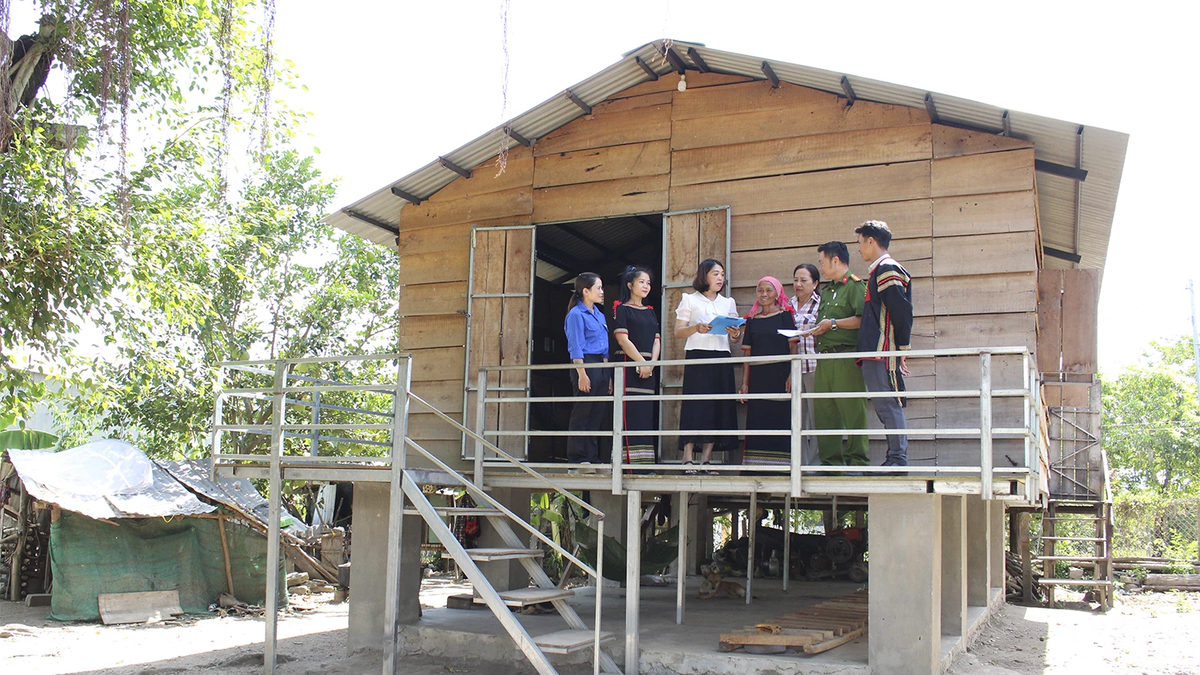



















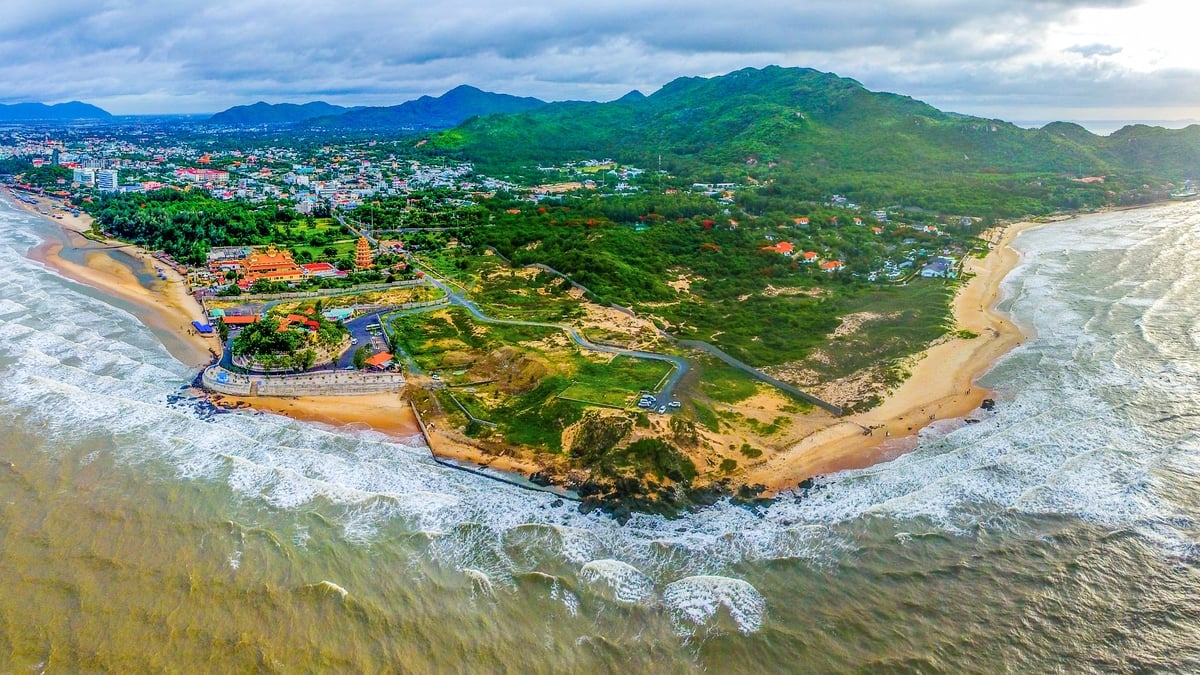

































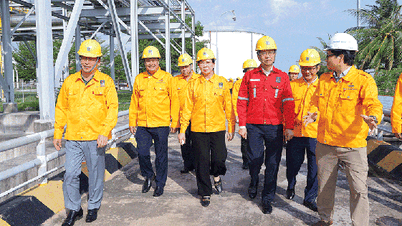
















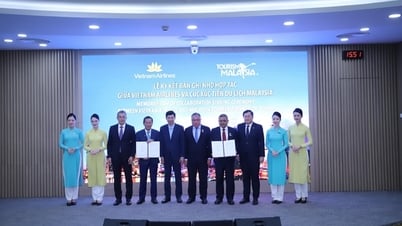



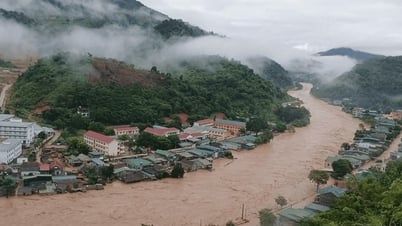























Comment (0)